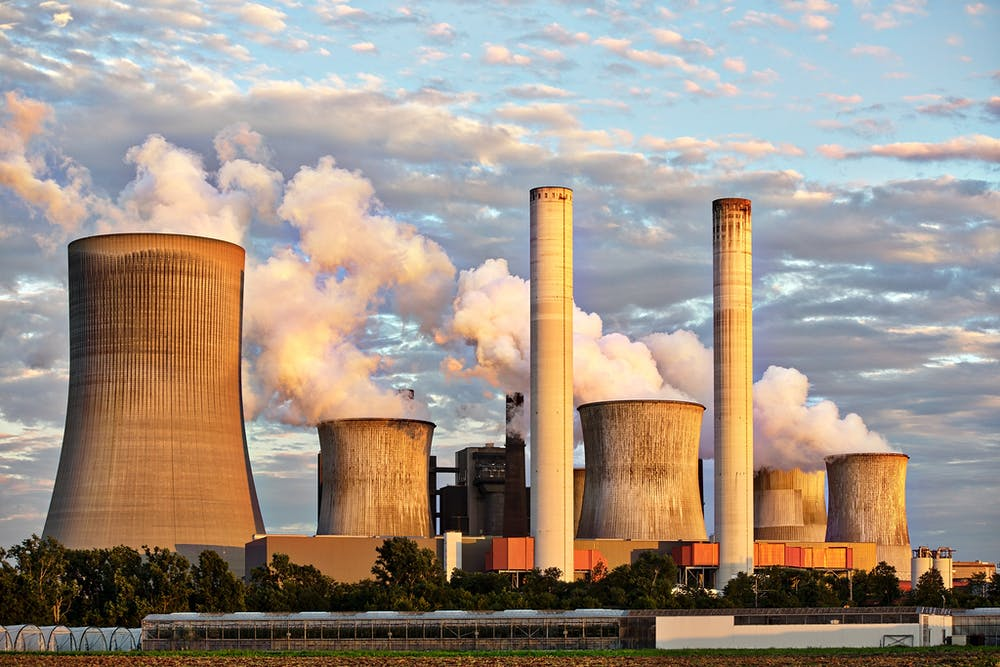World Air Quality Report 2024
Current Affairs International IssuesPosted by newadmin on 2025-03-12 08:47:23 |
Share: Facebook | Twitter | Whatsapp | Linkedin Visits: 68

A recent IQAir report has highlighted India as one of the most polluted countries in the world, with thirteen of the top twenty most polluted cities globally located within its borders. Byrnihat, Assam, has been identified as the most polluted city in the country. While there has been a slight improvement in air quality, overall pollution levels remain alarmingly high.
The World Air Quality Report 2024 ranks India as the fifth most polluted nation, marking a slight improvement from its third-place ranking in 2023. The country’s average PM2.5 concentration has dropped by 7% to 50.6 micrograms per cubic meter. However, air pollution in cities like Delhi remains severe, with PM2.5 levels reaching 91.6 micrograms per cubic meter, showing little change from the previous year.
Several Indian cities continue to experience hazardous pollution levels that exceed the World Health Organization’s limits by more than ten times. Among them are Byrnihat, Delhi, Mullanpur, Faridabad, Loni, New Delhi, Gurugram, Ganganagar, Greater Noida, Bhiwadi, Muzaffarnagar, Hanumangarh, and Noida. These cities are among the most polluted urban areas in the world, facing serious air quality challenges.
Air pollution poses a severe threat to public health in India. Poor air quality is estimated to reduce life expectancy by 5.2 years. A study published in Lancet Planetary Health reveals that from 2009 to 2019, around 1.5 million deaths annually were linked to prolonged exposure to PM2.5 pollution. These tiny particles, measuring less than 2.5 microns, can penetrate deep into the lungs and bloodstream, leading to respiratory diseases, heart conditions, and even cancer.
The primary sources of pollution in India include vehicle emissions, industrial discharges, and the widespread burning of biomass and crop waste. These factors contribute significantly to high PM2.5 concentrations, particularly in urban areas where pollution levels remain critically high.
Experts stress the urgent need for measures to tackle this crisis. Suggested solutions include replacing biomass with liquefied petroleum gas (LPG) and providing greater subsidies to low-income households. Expanding public transportation networks and implementing stricter emission regulations for industries and vehicles are also crucial steps in reducing pollution levels. A combination of incentives and penalties for polluters is seen as necessary to ensure long-term improvements in air quality.
Government intervention is essential in improving data collection, enforcing regulations, and promoting awareness. At the same time, community participation is vital in fostering sustainable practices and advocating for cleaner air. A collaborative effort between government authorities, industries, and citizens can drive meaningful change and help improve air quality across the country.
Search
Categories
Recent News
- Hyderabad's Biryani Scam: When Food Delivery Meets Fraud
- RBI's UDGAM Portal: Hyderabad's Cyber Fraud Warning
- Hyderabad Gears Up for Presidential Visit: Traffic Advisory Issued
- Hyderabad Crypto Scam: Unraveling a Multi-State Fraud
- Cyber Scams Target Unsuspecting Citizens via RBI Portal
- Telangana's Tech-Driven Policing: Drones Take to the Skies
- RBI Governor Prioritises Digital Security: A Strategic Shift
- Hyderabad's Massive Anti-Drug Operation: 72 Foreigners Deported
Popular News
- Navigating IPO Market Dynamics Amid Volatility and Regulatory Changes
- Innovative Green Practices and Environmental Initiative
- Massive Worldwide Microsoft Outage Disrupts Multiple Sectors
- తెలుగుదేశం పార్టీ - పేదరికాన్ని నిర్మూలించడంలో వాగ్దానం
- Universities Embrace Remote Learning Technologies Amidst Ongoing Pandemic